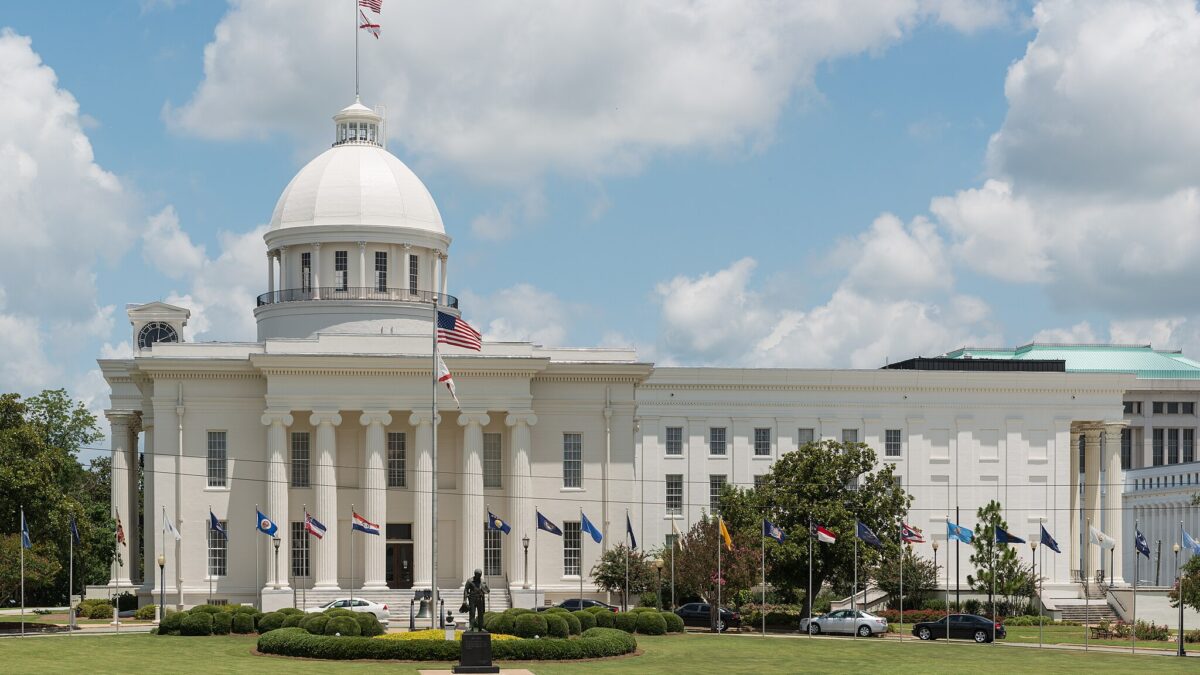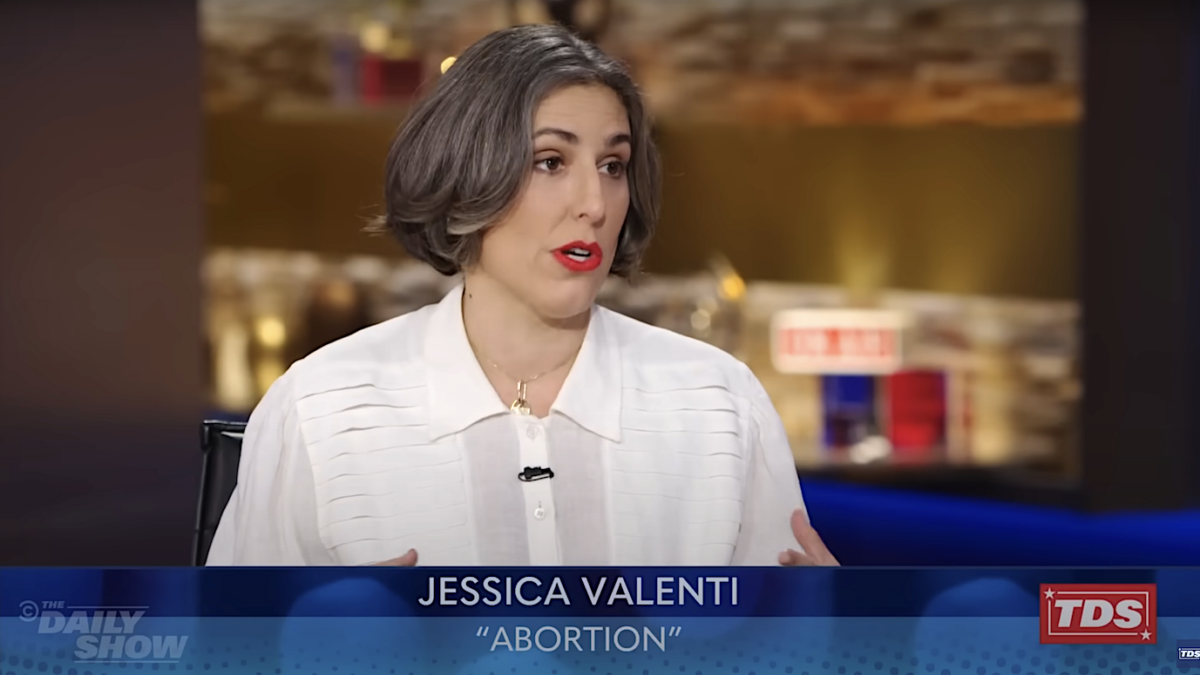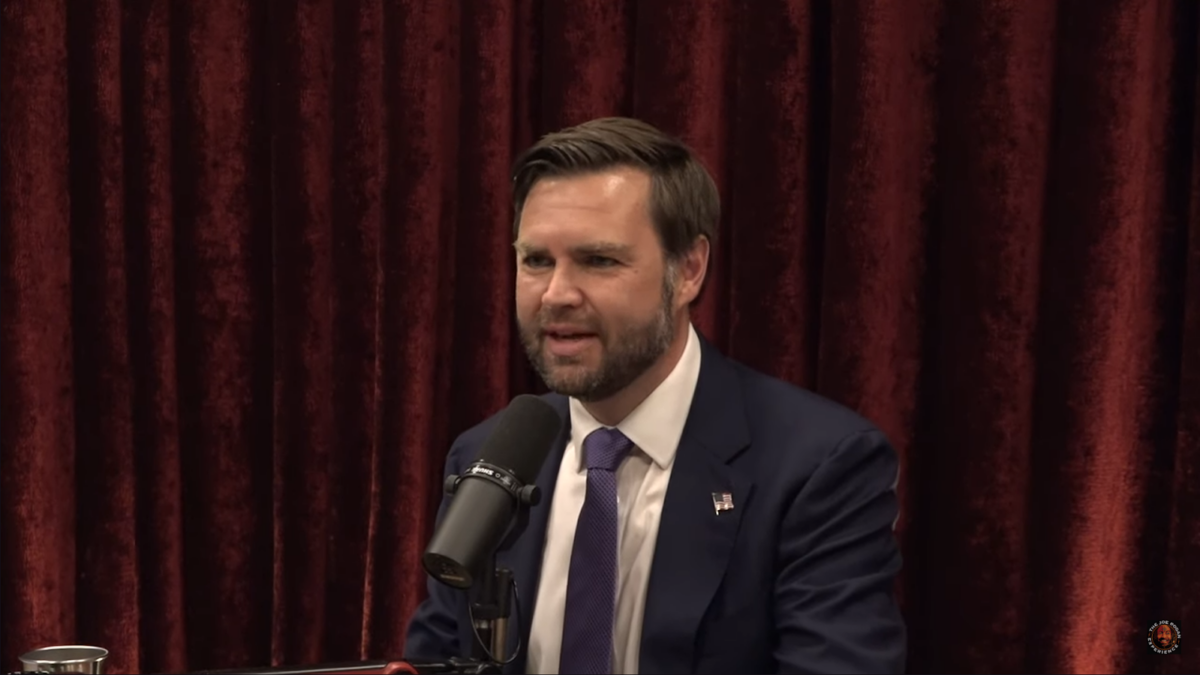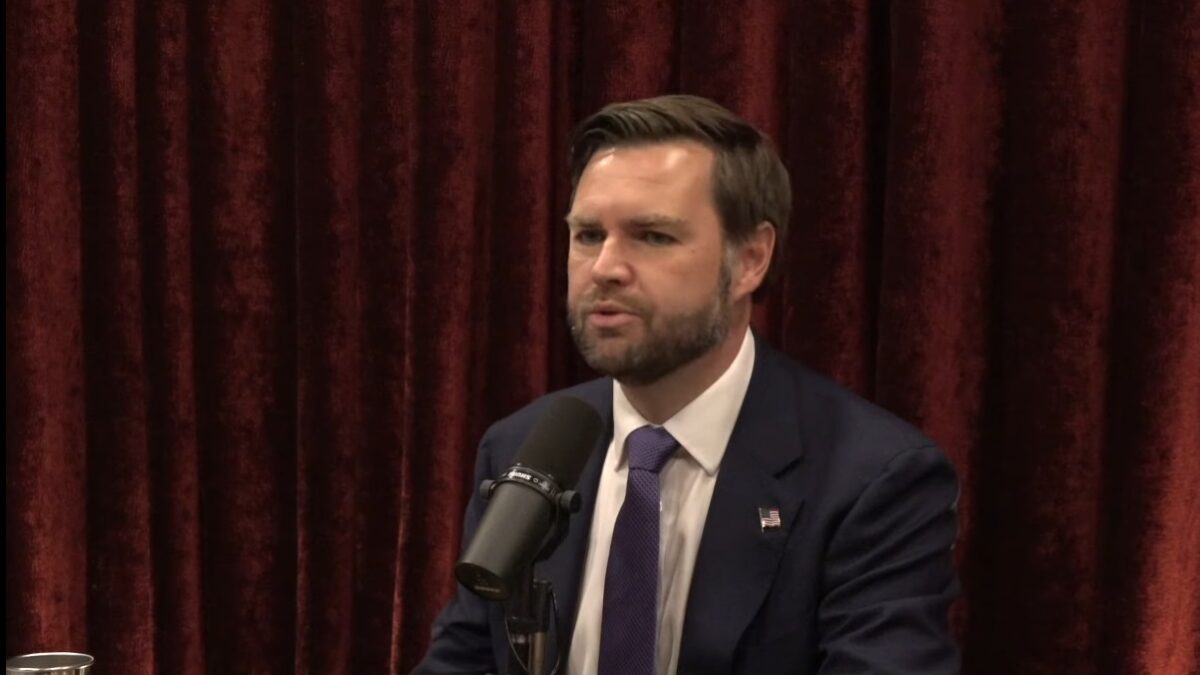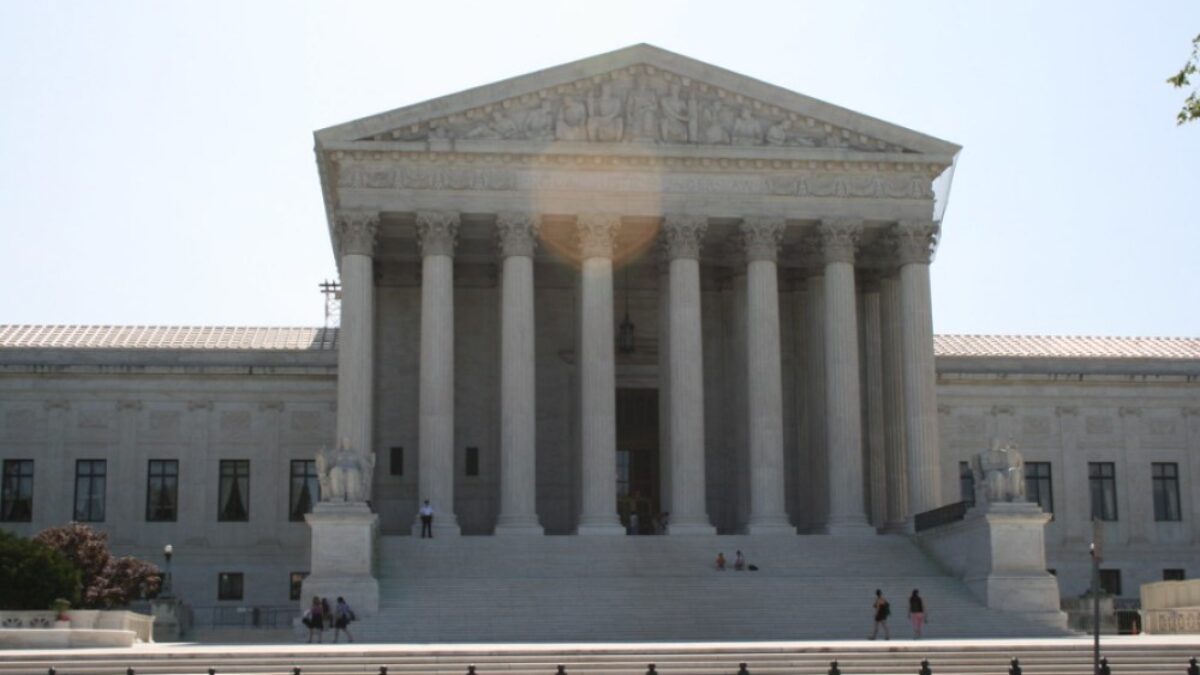
Yesterday, the U.S. Supreme Court heard oral arguments in Dobbs v. Jackson Women’s Health Organization—a case considering the constitutionality of Mississippi’s Gestational Age Act which, with some exceptions, bans abortions after 15 weeks. While in granting certiorari the Supreme Court limited the question on appeal to “whether all pre-viability prohibitions on elective abortions are unconstitutional,” Wednesday’s arguments focused more broadly on whether the high court should overrule Roe v. Wade and Casey v. Planned Parenthood.
Even then, however, the vast majority of the nearly two hours of argument considered not the fundamental question of whether there is a constitutional right to abortion; instead, the justices dueled over stare decisis and Casey’s reliance on that prudential principle to affirm Roe. The court’s focus during argument on stare decisis and Casey may cause concern that the justices will again refuse to right the wrong that began in 1973 with Roe v. Wade. It shouldn’t, though, because the originalist justices on the court can allow Casey to hoist itself upon its own petard.
The way forward here is clear, but likely unseen by the majority of Americans who wrongly believe Roe v. Wade remains the law of the land.
Stare Decisis Underpins the Casey Decision
While the Supreme Court first gleaned a right to abortion in Roe v. Wade from the amorphous penumbras emanating from the Constitution, less than 20 years later Roe’s approach to abortion was abandoned. A plurality of the court in Casey, consisting of Justices David Souter, Sandra Day O’Connor, and Anthony Kennedy, ignored the reasoning of Roe and instead concluded abortion garnered constitutional protection based on the justices’ “reasoned judgment” of the meaning of “liberty.”
After announcing they were upholding what they framed as the “essential” holding of Roe—the concept of a constitutional right to abortion—the majority then overruled Roe’s trimester approach to adjudicating abortion regulations, calling it too rigid. Instead, Casey replaced the strict scrutiny standard of Roe with the command that, before viability, states not impose an “undue burden” on women seeking abortions.
Significantly, though, the strut beneath the Casey court’s analysis was stare decisis, a prudential principle, translated from the Latin to mean, “to abide by, or adhere to, decided cases.” It was stare decisis, and the institutional integrity that principle seeks to safeguard, that together with the justices’ “reasoned judgment” of “liberty,” compelled the court to conclude that “a woman’s right to terminate her pregnancy before viability is the most central principle of Roe v. Wade,” and that the justices could not renounce that “rule of law and a component of liberty.”
Justice Breyer Has a Point
During the various colloquy yesterday, Justices Stephen Breyer, Sonia Sotomayor, and Elena Kagan returned often to Casey and stare decisis, far exceeding any focus on the Constitution proper, with Justice Breyer saying of the court’s opinion in Casey: “It’s about stare decisis and how we approach it, and I hope everybody reads this. It’s at 505 U.S. 854 to 869.”
Yes, everybody should read it, because Casey gives the credence to overturn the misguided abortion jurisprudence that has divided our country for 50 years.
As that portion of the court’s decision explained, “the rule of stare decisis is not an ‘inexorable command,’ and certainly it is not such in every constitutional case.” Rather, as the Casey court explained, there are “a series of prudential and pragmatic considerations designed to test the consistency of overruling a prior decision with the ideal of the rule of law, and to gauge the respective costs of reaffirming and overruling a prior case.”
The court then detailed those considerations, including whether “the rule has proven to be intolerable simply in defying practical workability,” or “whether the rule is subject to a kind of reliance that would lend a special hardship to the consequences of overruling and add inequity to the cost of repudiation.” Likewise, the court should consider “whether related principles of law have so far developed as to have left the old rule no more than a remnant of abandoned doctrine,” “or whether facts have so changed, or come to be seen so differently, as to have robbed the old rule of significant application or justification.”
These same considerations that Casey relied upon nearly 30 years ago to justify affirming Roe provide the precise basis to overturn Casey today. The “practical workability” the court praised proved nothing of the kind, with the “substantial burden” test creating a constant revolving door to the courthouse from the governor’s desk upon signing any legislation regulating abortion. And with each new case comes a new hit on the integrity of the court, as the populace sees the outcomes preordained by the predilections of the judge: Is he a right knee-jerk judge or a left-knee jerk judge?
The World of Roe Has Changed
This perception becomes a reality when the question before the court concerns not a legal one, but one of burdens: something legislators are well-suited to consider, but not those trained in the law.
Not only does Casey’s undue burden standard prove unworkable, but its continued viability remains in question, with the Supreme Court oscillating between a view that only the burdens of a regulation are considered to a framework that considers both the benefits of the law and the burden. Such a weighing of benefits and burdens would prove even more unworkable, other than for politicians and judges acting as such.
That continuing shift in abortion jurisprudence also highlights the reality that Roe is but a remnant long ago frayed, and Casey’s attempt to salvage the “essential holding” of Roe adds nothing to the constitutional correctness of the decision.
But most significant of all are the facts that “have so changed, or come to be seen so differently,” not just from 1973, but from 1992. Society and laws have so changed that the idea that women need abortion to have personal or professional options no longer has even a surface semblance of truth. The removal of the stigma of single motherhood, greater educational advances, family-centric workplaces, maternity and paternity leave, Family and Medical Leave Act leave, and remote working all counterclaims of Casey that women need abortion to plot out their lives.
Science Has Grown, Too
Scientific advances likewise “have so changed” that the court should see things differently—if only the justices would look. The rudimentary sonograms used at the time of Roe make the descriptor of fetuses as mere “clumps of cells” more understandable, but the high-tech 4D ultrasounds of today establish beyond doubt the humanity of the unborn. Advances in medical equipment and surgery techniques now also make it possible to operate on the fetus in utero with regularity. And science now shows that fetuses experience pain much earlier than thought.
While Justice Sotomayor framed doctors explaining this as “fringe,” and not qualified experts, she either did not read the amicus curiae briefs and research or she blindly accepted the narrative of abortion activists. As Dr. Grazie Pozo Christie, a radiologist, whom with two other female physicians submitted a friend of the court brief in support of Mississippi’s law, told this author after yesterday’s oral argument, “researchers who study neural pathways and cortical development have come to believe that fetal pain may be experienced as early as 12 weeks.”
“Certainly the highly specialized surgeons who operate on fetuses would never think of doing so without properly anesthetizing their little patients,” Christie added. “Anything else, they know, would be highly cruel and unethical.”
The science alone should overcome any sway of stare decisis—and that’s applying the standards set forth in Casey.
Roe Destroyed the Supreme Court’s Legitimacy
Casey’s reliance on the “Court’s legitimacy,” to affirm “Roe’s essential holding,” now also cuts the other way because what the Supreme Court in Casey failed to recognize is that they had destroyed their own credibility by announcing to the country that they were more concerned with appearing apolitical and unaffected by public opinion than the constitutional soundness of their opinion. Yesterday’s obsession by Justices Breyer, Sotomayor, and Kagan with stare decisis as a means of showing the public it is not affected by whichever side yells the loudest only confirms that public opinion matters to the justices.
Nor would affirming Casey solve the court’s legitimacy problem, as even Justice Breyer seemed to acknowledge. No matter how the court rules, one side will see the justices as political creatures. “Where people are really opposed on both sides and they really fight each other, they’re going to be ready to say, no, you’re just political, you’re just politicians,” Justice Breyer pondered, adding “That’s what kills us as an American institution.”
No, what killed the Supreme Court as an American institution was its refusal to interpret the Constitution as written and then, rather than fix the mistake, claim that “its reasoned judgment” and a fear of public disregard prevent it from doing so.
Here’s hoping the court has learned from its mistakes: both in Roe and in Casey.



